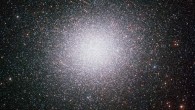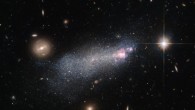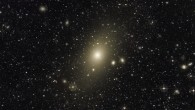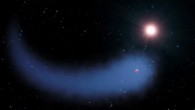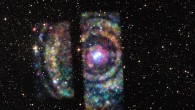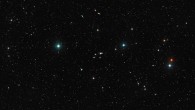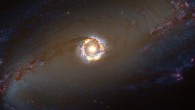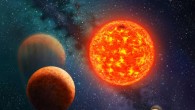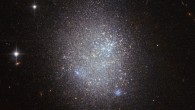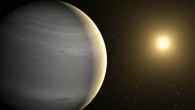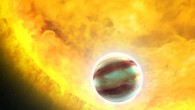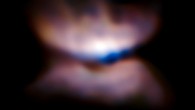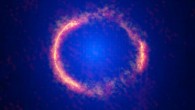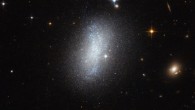A multinational team of astronomers has determined precise ages and other fundamental properties of 33 Kepler stars with the so-called ‘solar-like oscillations.’ All of these stars host Earth-like planets, giving scientists a clear indication that such planets have formed in the Milky Way long before the Earth and are still being formed out there. This is an artistic impression of the Kepler-444 planetary system. Kepler-444 is a metal-poor Sun-like...


